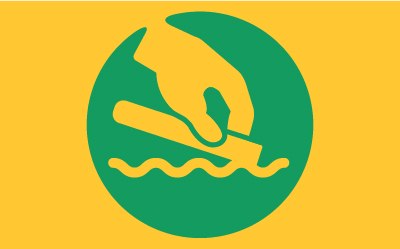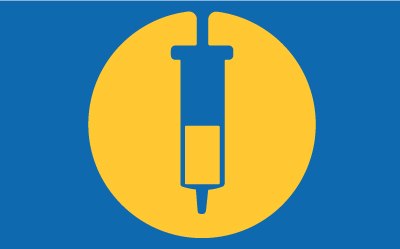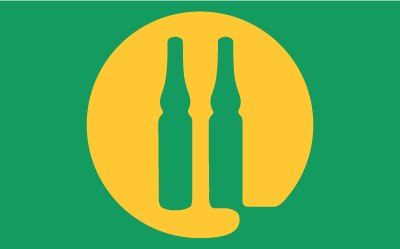PFAS Testing Supplies for Regulators, Researchers, and Laboratories
Any matrix, any method, any time.
Products and Resources for Per- and Polyfluoroalkyl Substances (PFAS) Analysis
Perfluoroalkyl substances (PFAS) are human-made organofluorine compounds known as "forever chemicals" due to their exceptional resistance to environmental degradation. As part of our commitment to making the world a safer place, we have focused on developing reagents and analytical tools for more accurate PFAS quantification. Our solutions empower researchers trying to better understand the effects of PFAS, as well as regulators and labs focused on providing ongoing exposure testing services.
PFAS Testing Products By Method
The categories below can be expanded to show the analytical methods we have reviewed and can support. Please click on a method name to see the list of products available for that method. If you're using a method that isn't listed and need help finding products, please use our contact form to request a review of your method.
Soils, Sludges, & Biosolids
PFAS analysis in soils and other solids adds an extra layer of complexity by requiring additional sample preparation and careful extraction. Click on the method names below to see the applicable products.
Foods or Food Contact Materials
Analyzing PFAS in foods and food contact materials is essential for ensuring food safety and minimizing the bioaccumulation of PFAS compounds in the body. Click on the method names below to see the products available for each method.
AIR
Assessing airborne exposure to PFAS is complex and remains an evolving analytical field. Click on the method names below to explore available products.
Tissue, Serum, & Blood
Understanding the health effects of PFAS exposure and bioaccumulation starts with precise analytical techniques and reliable analytical supplies. Click on the method names below to see the products available.
Textiles, Leather, Containers, & Solid Articles
Maintaining compliance with evolving PFAS regulations has increased the demand for analysis of solid articles of all types, each with unique sample prep requirements. Click on the method names below to see the available products.
PFAS Testing Workflow Tools
Sample Collection

Sample Preparation

Standardization and Calibration

Analysis

Related Resources
- Brochure: PFAS Analysis Workflow Solutions and Products Specifically Developed for PFAS Analysis
A comprehensive portfolio for consistent results.
- Flyer: PTFE-Free Visiprep™ SPE Vacuum Manifolds, Suitable for PFAS Testing Workflow
Our updated Visiprep™ standard 12 and 24-port vacuum manifolds are suitable for sample preparation processes in the PFAS testing workflow.
- Flyer: Ascentis® Express PFAS Columns
Fast and High-Resolution LC-MS Separation with Ascentis® Express PFAS HPLC Columns
- Flyer: PFAS Reference Materials
Per- and polyfluoroalkyl substances (PFAS)
- Flyer: High-purity solvents tested for PFAS methods
Reliable and effective testing is a needed criteria to facilitate identification and quantitation of PFAS analytes.
- Webinar Q&A: Expanding PFAS analysis beyond environmental matrices
Detailed questions submitted before and during the “Expanding PFAS Analysis Beyond Environmental Matrices” webinar
- Brochure: Solutions for PFAS Testing
Be confident in your results with trusted products and services for your entire workflow.
Related Technical Articles
- Analysis of PFAS in Water according to EPA 1633
LC-MS/MS determination of per- and polyfluoroalkyl substances (PFAS) in water samples using Supelclean™ ENVI-WAX™ SPE cartridges as per EPA Method 1633.
- LC-MS Analysis of PFAS Compounds in EPA Method 533 using Supelclean™ ENVI-WAX™ SPE
Learn how method EPA 533 is used for sample collection and preparation, featuring Supelclean™ ENVI-WAX™ SPE cartridges for LC-MS analysis on an Ascentis® Express PFAS HPLC Column.
- LC-MS/MS Analysis of 16 PFAS in Salmon Using QuEChERS Based on FDA Method C-010.02
Find more about the analysis of 16 PFAS in salmon via QuEChERS extraction and LC-MS/MS characterization following FDA Method C-010.02.
- LC-MS/MS Analysis of 16 Per- and Polyfluoroalkyl Substances (PFAS) in Milk Using QuEChERS Based on FDA Method C-010.02
Discover an LC-MS/MS method for the analysis of 16 per- and polyfluoroalkyl compounds (PFAS) in milk using QuEChERS extraction technique following FDA C-010.02 guidelines.
- Quantitative Analysis of PFAS in Drinking Water by LC-MS/MS according to GB 5750.8-2023
Simultaneous determination of 27 PFAS chemical compounds after enriching the water samples with SPE using a Supelclean® ENVI-WAX weak anion exchange tube.
- LC-MS Analysis of PFAS Compounds
LC-MS method separates 32 PFAS compounds in drinking water following EPA methods 533, 537, and 537.1. EPA 8327.
- Fast and High-Resolution LC-MS Separation of PFAS
Liquid Chromatography–Mass Spectrometry (LC-MS) separation of 33 PFAS (Per- and poly-fluoroalkyl substances) using a superficially porous silica particles (SPP) based Ascentis® Express C18 column.
- PFAS Testing Methods and Guidance for Sample Filtration
Validation of Millex® PES syringe filters in PFAS testing of water samples using EPA method 537.1.
- Analysis of PFAS Extractables in Glass Fiber Membrane Filters After OTM-45 Front-Half Extraction
Data and recommended filtration products for OTM-45 Method for Air Monitoring of PFAS Compounds.
- Analysis of PFAS Extractables in Filtration Products Using Modified EPA 537.1
View data on fluorinated extractables, recovery, and recommended filtration products for PFAS testing using Modified EPA 537.1.
- Analysis of PFAS Extractables in Filtration Products Using Modified EPA 1633
Data and recommended filtration products for PFAS testing using Modified EPA 1633.
- Obtaining Ultrapure Water for Sensitive PFAS Analysis by LC-MS
Sensitive PFAS testing can be performed with ultrapure water from a Milli-Q® IQ 7 system, which eliminates detectable PFAS for reliable LC-MS/MS results. See the science, see the proof.
To continue reading please sign in or create an account.
Don't Have An Account?